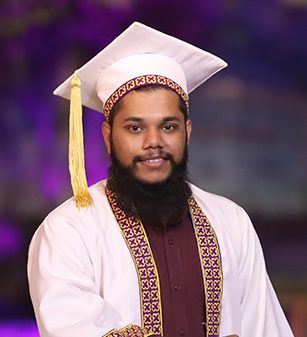
YOUSUF MOIZ ALI
Aspiration Statement
My career aspiration is to do masters from a reputable university in the communications engineering domain and then secure a good job so that I could provide for my family.
Core Skills
- Python, C++, C#
- MATLAB
- Verilog (Hardware Description Language)
- Artificial Intelligence
- Machine Learning
- PCB Designing Experience
- Computer-Aided Design (CAD)
- Artificial Intelligence (AI)
Academic Awards / Achievements
- Technical University of Munich - MS | Communications Engineering
- HU Merit Scholarship
- Dean's List Spring 2018, 2019
- Dean's List Fall 2020
- High Academic Achievement Scholarship Spring 2018
Experience
Leadership / Meta-curricular
- Part of the HU Cricket Team from 2017 to 2021
- Part of the team selected to represent Habib University at NERC 2019
Internship / Volunteer Work
- National Engineering Robotics Contest Team - Team Member
- Habib University - Teaching Assistant, Computer Architecture
Final Year Project
Project Title
Machine Learning for Improved Spectrum Sensing in 4G/5G Cognitive Radio Networks
Description
The project aims to improve the spectral efficiency of 4G/5G cognitive radio networks. It requires generating a time-frequency grid of LTE resources allocated to a specific number of users. Furthermore, a number of spectrum sensing techniques were utilized to sense the location of occupied users so unlicensed users could not cause interference. Results from spectrum sensing were not satisfactory. Therefore, we made use of machine learning techniques in order to learn the characteristics of the resource grid, aid in the identification of empty resources and minimizing interference. We then moved to transfer the work done in LTE to 5G. There were certain hurdles: 5G was more complex, requiring extensive study of its architecture and the results of the machine learning algorithms were not satisfactory which led us to tweak our feature set to accommodate 5G signals. The last part was hardware implementation of the simulation.